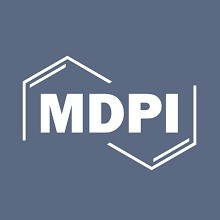
مقاله انگلیسی یادگیری عمیق برای تشخیص اشیا، دسته بندی و ردیابی
Abstract
Introduction
References
Object detection, classification and tracking are three important computer vision techniques. They are cornerstones in the development of complex image and video analysis solutions. With the advancement of high-performance computing and storage technology, deep learning has transformed computer vision in the last decade. Numerous deeplearning-based computer vision solutions have been developed and deployed to different industry applications. For example, in manufacturing, they are used in the quality inspection of products and the visual inspection of equipment; in healthcare, computer aided diagnosis using X-ray, CT and MRI images; in agriculture, crop growth monitoring and yield estimation, animal behavior analysis and farm automation; in transportation, vehicle identification and counting, pedestrian detection and counting and road condition monitoring. Other popular applications include face and iris recognition, autonomous driving, etc. Although the applications of object detection, classification and tracking have become ubiquitous, there are still many challenges to be addressed, such as how to curate enough good-quality training data, how to address the overfitting and underfitting issues during training, how to make the deep learning model explainable, how to quantify the uncertainty of prediction, how to deal with the data privacy issue and how to generalize a machine learning mode. The performance of deep learning models is dependent on application domains, and there is no guarantee that a machine learning model developed with training data of one domain can be used to solve problems in another domain. Therefore, domain adaptation becomes a challenging problem. For example, autonomous vehicles depend on various senor data (image, lidar, radar) to make decisions.
